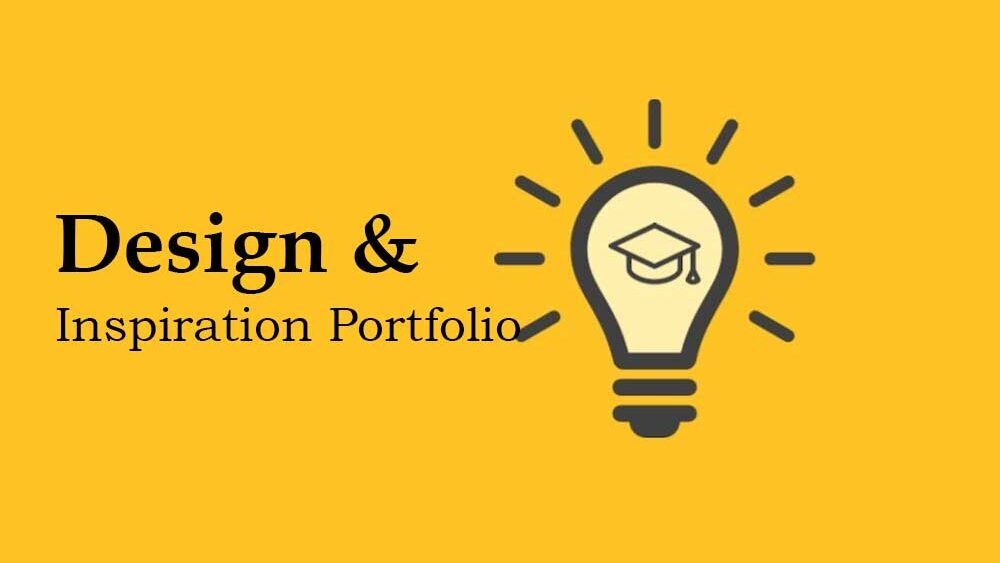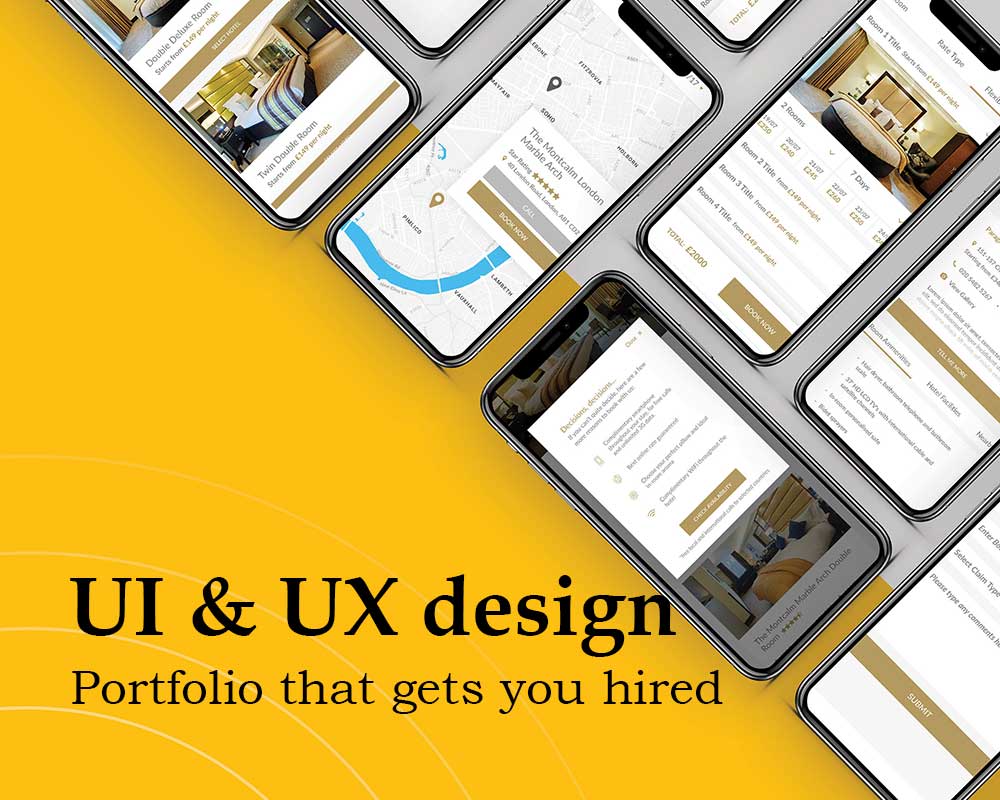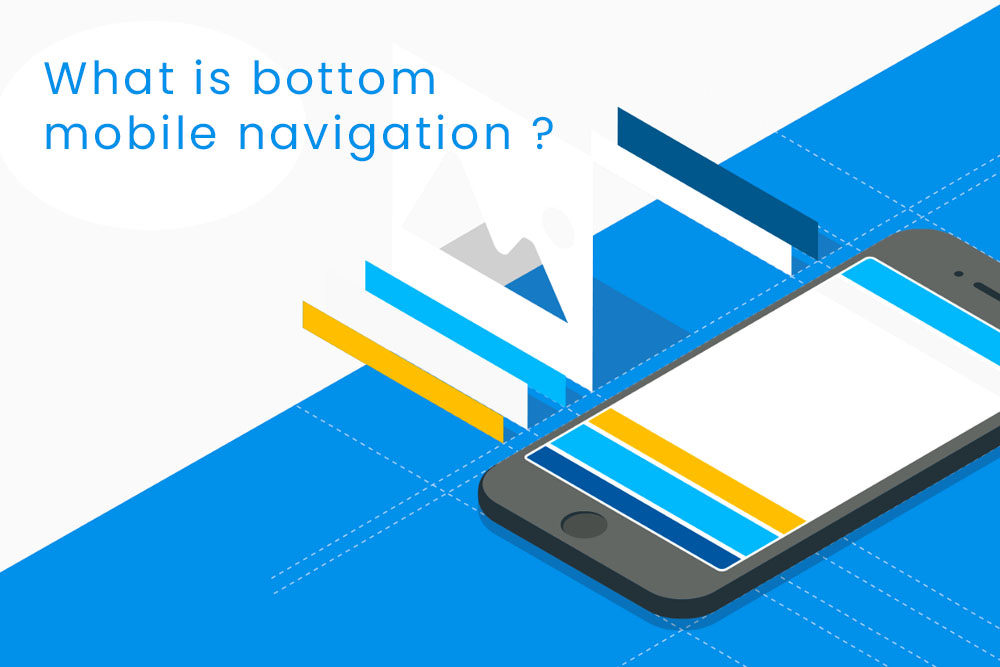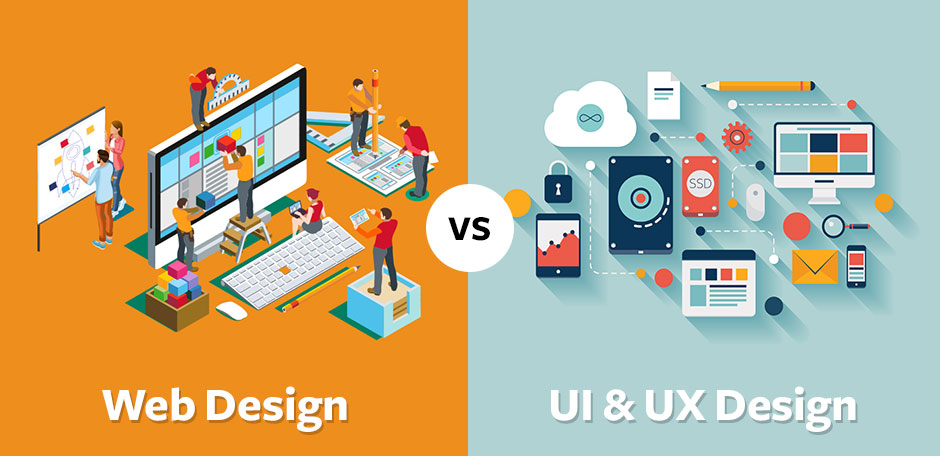It is imperative to note that the UI/UX design industry is one that is dynamic with no fixed concrete rules. Thus, having a good portfolio could help you to get your dream job.
A good portfolio demonstrates your creative ability, analytical skills, and design skills to potential employers. Read this complete article to learn how to design a portfolio that makes an impression and gets you hired.
Knowing the role of a UI/UX design portfolio
Your portfolio does not just explain your work; it tells your work story. They should exemplify how you think about design, solve problems, and your proficiency with tools and methods.
Employers seek examples of how one solves problems, designs, and collaborates. The best portfolio contains your best projects and reflects your design vision and brand.
Inspiration and research
Investigate before starting your portfolio and gather ideas. Look at their portfolios to get the essence of good UI/UX designers. Look at their design, appearance, and organization.
Some of the best inspiration sites include Behance, Dribble, and Awwwards. To update the knowledge, reading design blogs, attending webinars, and joining design groups is necessary.

Choose your best work
For your portfolio, quality takes precedence over quantity. Use projects to showcase skills, versatility, and innovative fashion. Also, include work that demonstrates your ability to handle different design challenges.
Consider them for each project:
- Briefly describe the project, including the customer, problem, and goals.
- Enumerate your brainstorming, sketching, modeling, and evaluation processes.
- Emphasize the main challenges and opportunities.
- Explain the final design and discuss the impact of the design on user experience and business goals.
Design process documentation
It is important to recall that documenting the design process is a part of your portfolio. Your problem-solving and design solutions are what employers want to see. Employ words and pictures to describe your technique.
Key components to include:
- Explain how you gather information and understand the problem. Some of them include user interviews and surveys, competition analysis, market research, etc. Show that you are capable of translating this information into actionable knowledge.
- Add an explanation and ideas to your brainstorming. Take into account sketches, representations, and preliminary concepts. This demonstrates that one can generate and refine numerous ideas simultaneously.
- Explain how you transitioned from wireframes to prototypes. It is important to justify your layout, navigation, and interaction choices. Include the design description and share the prototype images or record the videos.
- Prototyping means testing designs on real users and making changes based on their feedback. Make the test scripts and results of the usability test available. Illustrate how you enhance usability and user experience with design iterations.
Creating a consistent visual presentation
Concentration and balance and the ability to create an appealing portfolio. This is evident in your portfolios; therefore, exhibit your talents by focusing on typeface, arrangement, and color palettes.
Tips for a unified visual presentation include:
- Brand your portfolio consistently. This is the visual or graphic representation of your business, for instance, your business name, image, colors, and font. Continuity adds the layer of sophistication that professionalism brings.
- Make your portfolio user-friendly. Provide users with a way to find information quickly from a design that is not cluttered.
- Present your work best by taking clear and professional-looking photos and recording short video clips. Low-quality or blurry photos could potentially decrease portfolio value.
Crafting an engaging About Me section
Include a brief self-promotion summary in the About Me section in relation to potential employers and customers. Talking about past experiences, architectural aesthetics, and career aspirations is allowable.
Key components to include:
- Please provide information on your education, employment history, and licenses or certifications previously provided. Emphasize achievements and proposed activities.
- Discuss your design philosophy as well as how you have approached the design process. On which principles do you operate? What motivates you? This shows prospective employers how you approach challenges in design.
- Complete it with what you are interested in apart from design to make it more revealing of one’s personality. It also makes you less abstract and more easily identifiable. You might highlight creativity-related activities such as hackathons, conferences, and the open-source project.
Creating an online portfolio
It has become crucial to have a digital portfolio, especially in today’s world. It opens up your work to people you may not have reached otherwise, and it does not complicate the process for employers to view your portfolio.
Build a successful online portfolio website using these steps:
- After selecting the website building platform, personalize the layout of your site according to your firm’s branding needs. Your work will be combined with a contemporary and clean style.
- Promote your website through SEO techniques to obtain maximum visibility. It requires using relevant keywords in the text, meta description, and picture alt text.
Showcase your soft skills
Technology and design are important, but companies prioritize soft skills like communication, cooperation, and problem-solving.
How to demonstrate soft talents in your portfolio:
- Include teamwork initiatives. Discuss your contributions and how you worked with others to reach project objectives.
- Include user personas, journey maps, and usability test findings to show your user-centered design commitment. Show how you design for user demands and feedback.
- Discuss how you addressed project hurdles. You can solve problems and overcome difficulties.
- Showcase your clear communication skills. Show presentations, design documents, and client feedback. Communicate design choices and reasons to stakeholders.
Keeping your portfolio current
Your portfolio should change as you improve as a designer. Add new projects, talents, and experiences to your portfolio often.
Tips for updating your portfolio include:
- Schedule regular portfolio reviews and updates, such as every six months. Replace old projects with new ones.
- Include new tools and approaches in your portfolio. Include projects showing your new talents.
- Ask peers, mentors, and industry experts for comments. Use their advice to boost your portfolio
- Keep up with UI/UX design trends and best practices. Apply these trends to your work and portfolio.
Promote your portfolio
To reach employers and clients, you must market your excellent portfolio.
Portfolio promotion strategies include:
- Meet other industry experts at conferences, meetings, and events. Networking may get you jobs and portfolio feedback.
- Showcase your work and network with industry professionals on LinkedIn, Twitter, and Instagram. Build your online visibility by sharing projects, thoughts, and thought leadership.
- Participate in Behance, Dribble, and Designer Hangout. Discuss your work and get comments from other designers.
- Share your knowledge, lessons, and case studies on a personal blog. This promotes SEO and portfolio traffic while demonstrating your skills.
- Send your portfolio to AIGA Design Jobs, Coroflot, and AngelList. These sites may connect you with customers and companies.
Conclusion
Planning, curation, and improvement are needed to build a job-winning UI/UX design portfolio. Understanding your portfolio’s objective, establishing your brand, choosing your finest work, and documenting your design process will help you tell a compelling story about your talents and creativity.
A well-designed portfolio website, an intriguing About Me section, and a consistent visual presentation boost your chances of sticking out. Emphasize your soft talents, refresh your portfolio, and market it to reach your target audience. Your UI/UX design portfolio may lead to interesting 2024 and beyond careers with hard work.





